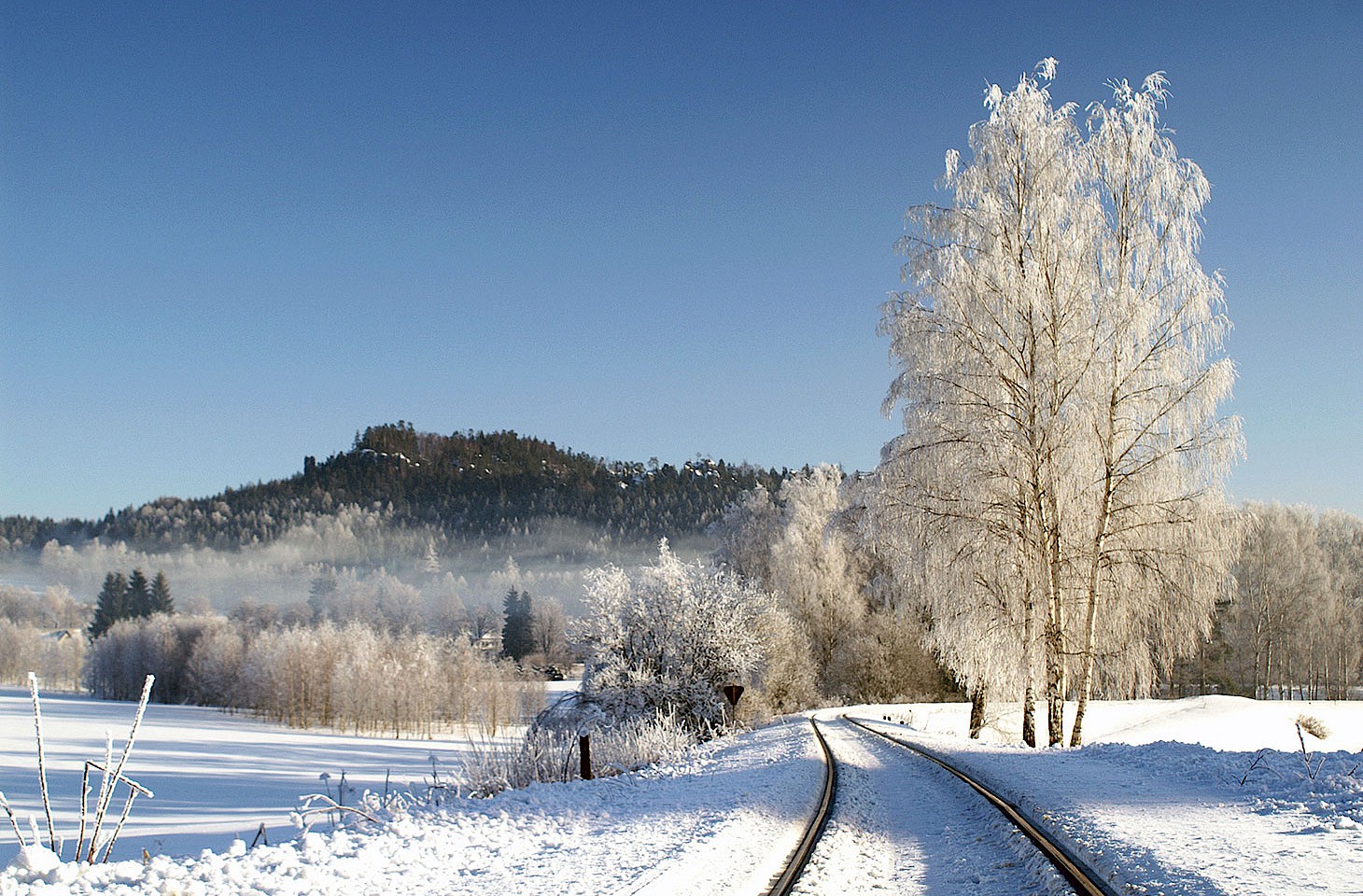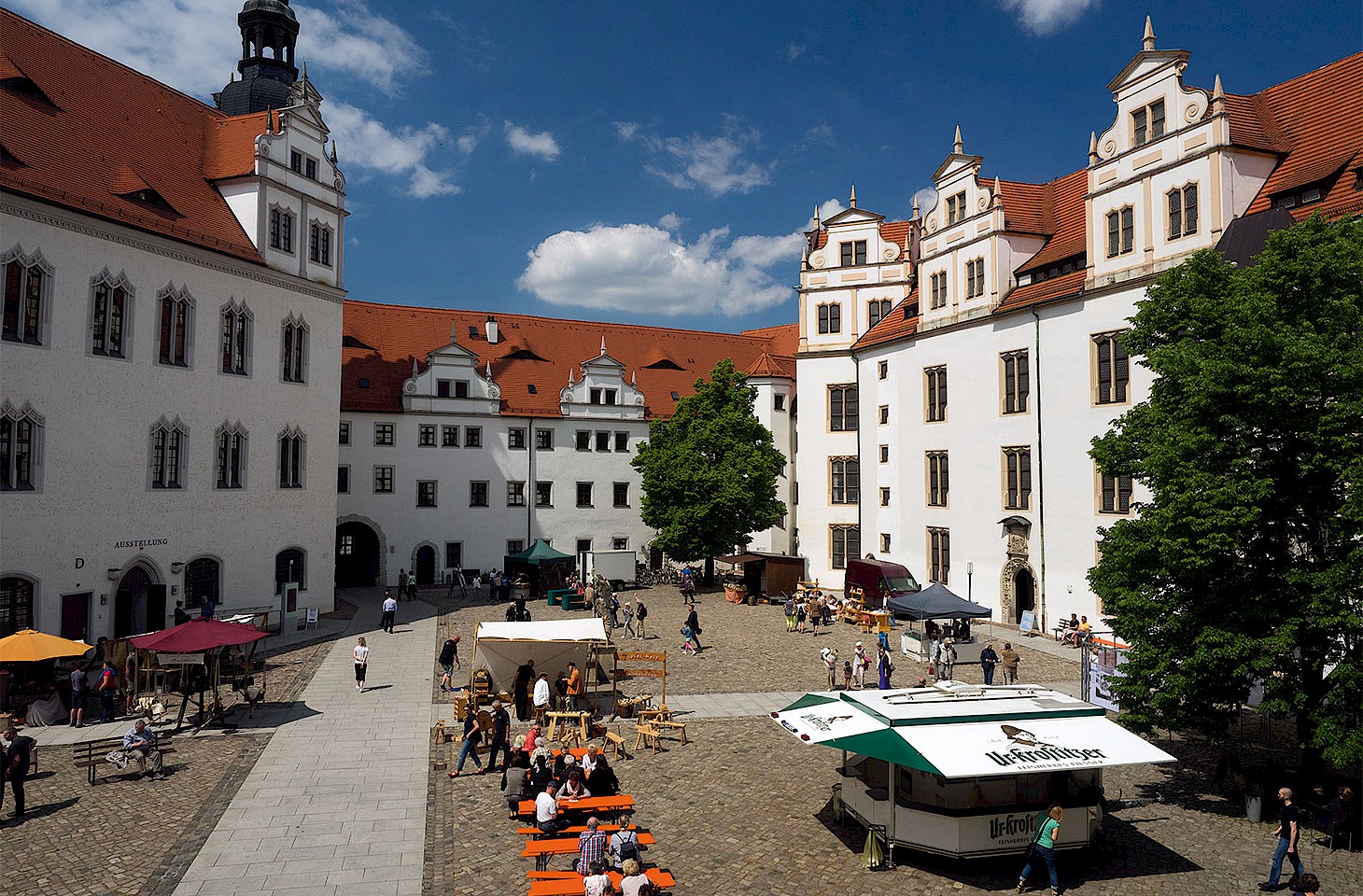The rituals surrounding daily life in the spa towns of central Europe are well known. There is the routine of taking the waters which involves a sedate perambulation around the various springs, stopping as prescribed to sip from a small porcelain mug. More agile spa guests have learnt the art of sipping on the move. And then there are the woodland walks. Ah, the walks… God has ensured that spa towns are generally in mountainous areas so the walks are inevitably strenuous. Woe betide the spa guest who does not complete the prescribed regimen of walks. Even Peter the Great, whose first visit to a central European spa was in 1711 when he stayed at Carlsbad, was not exempt from the walks.
Carlsbad (nowadays Karlovy Vary) is blessed with one of the finest settings of any spa town. The hills rise up above the Teplá Valley.



